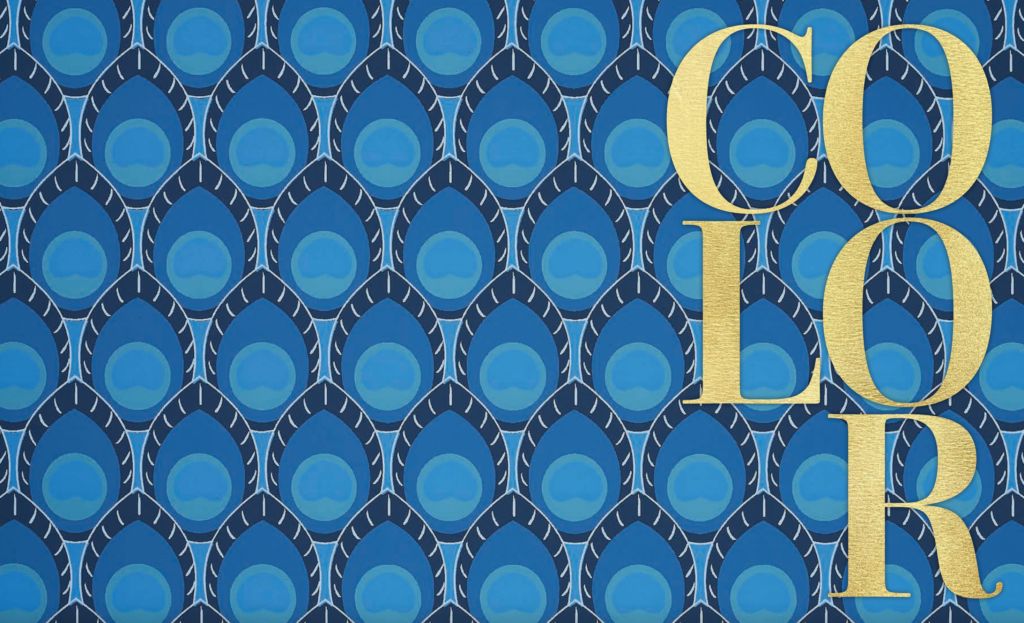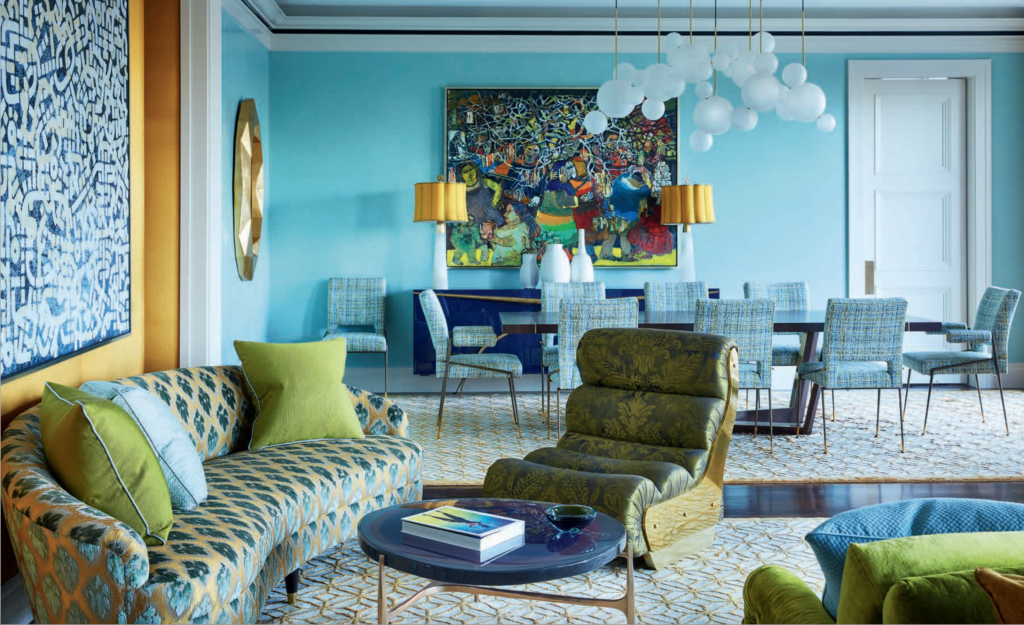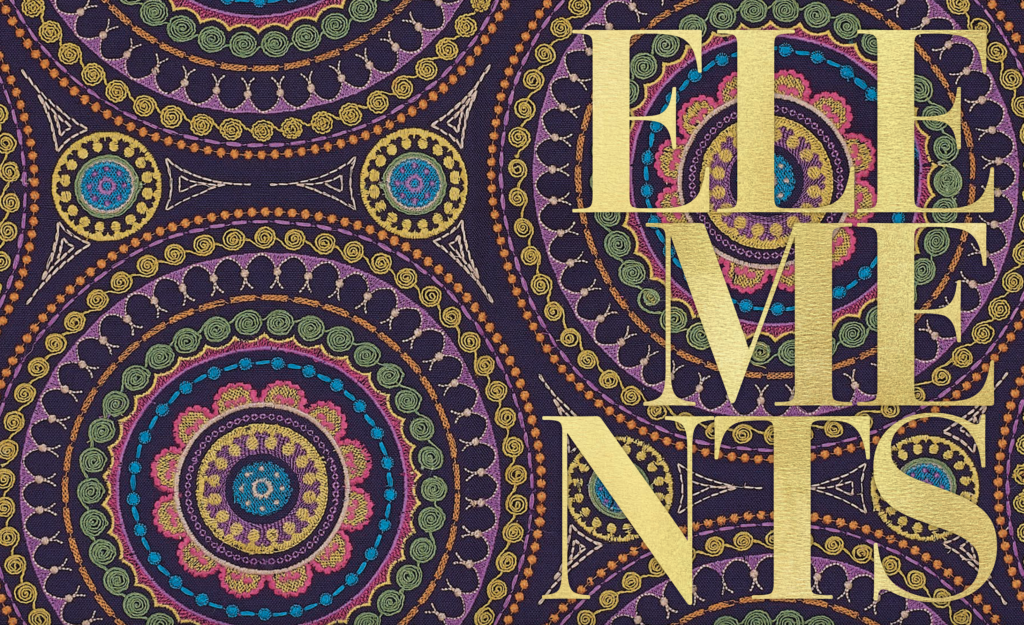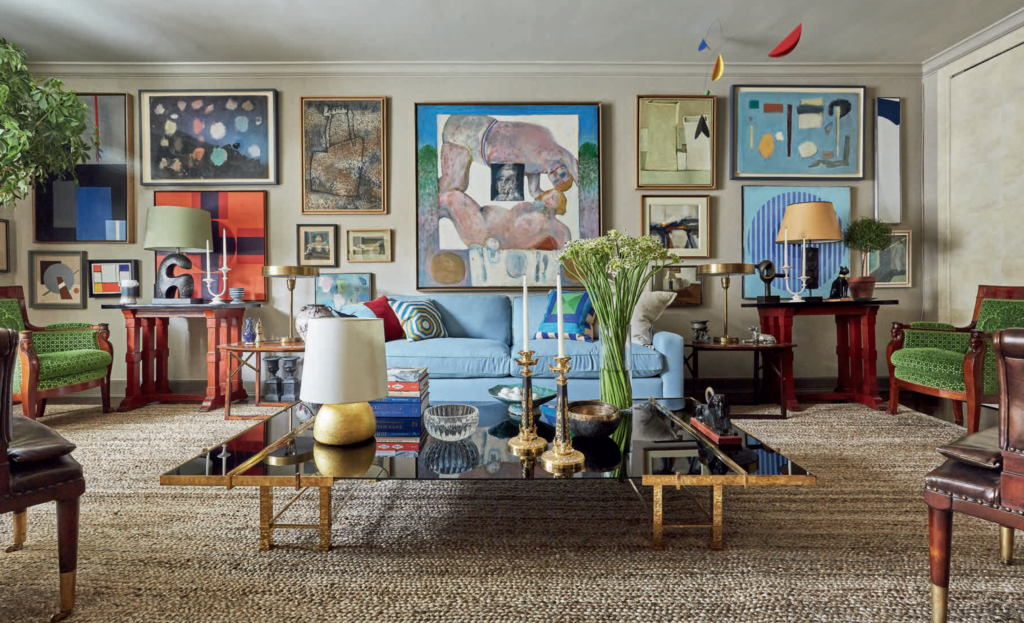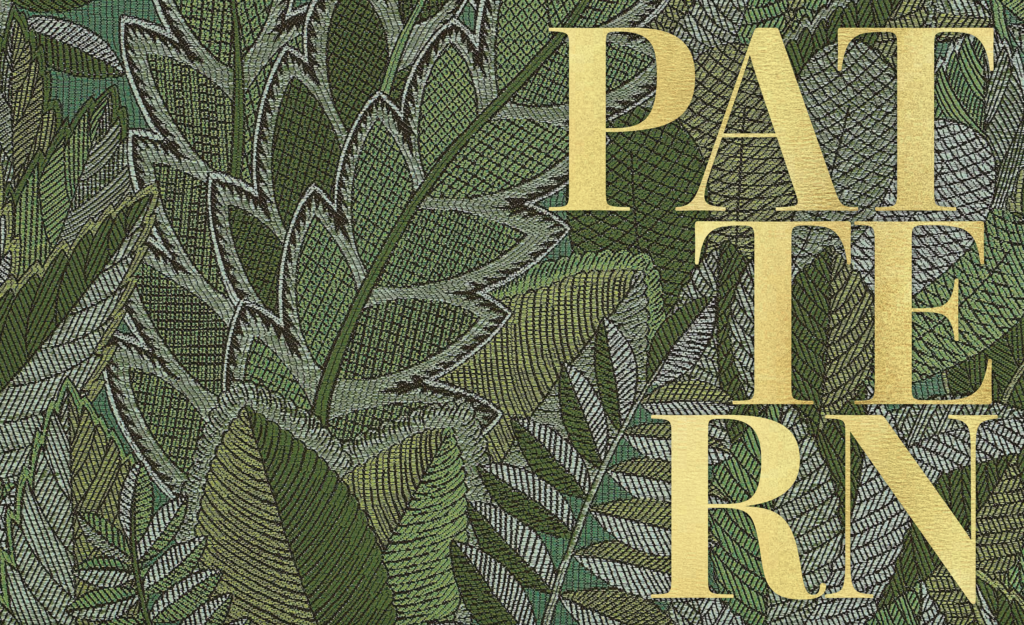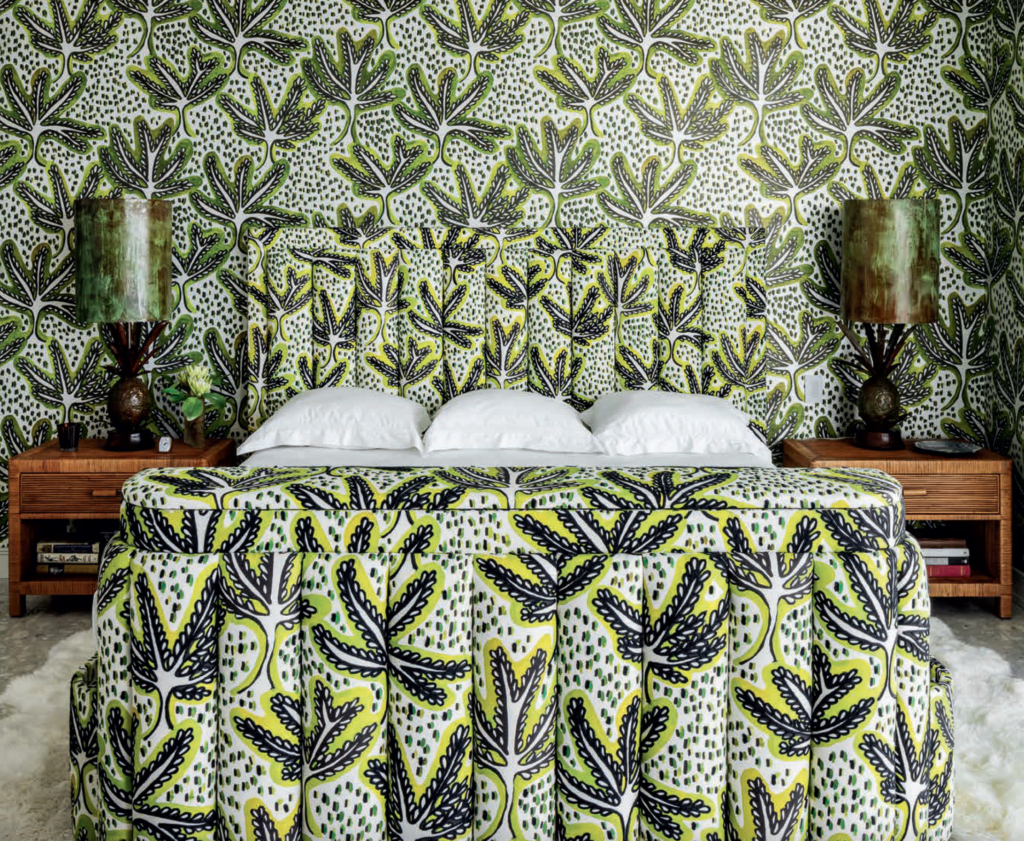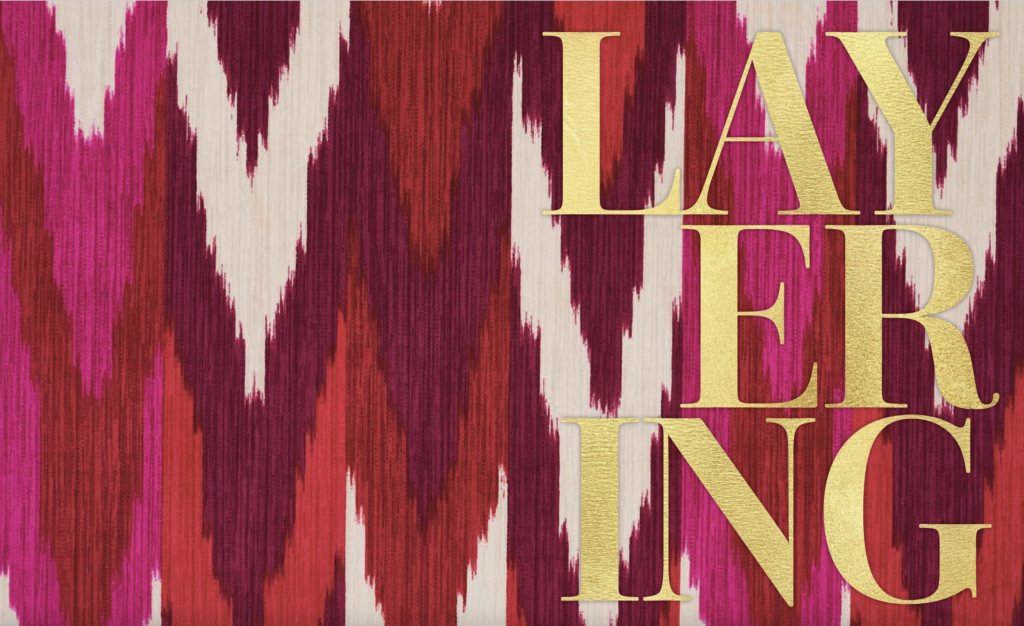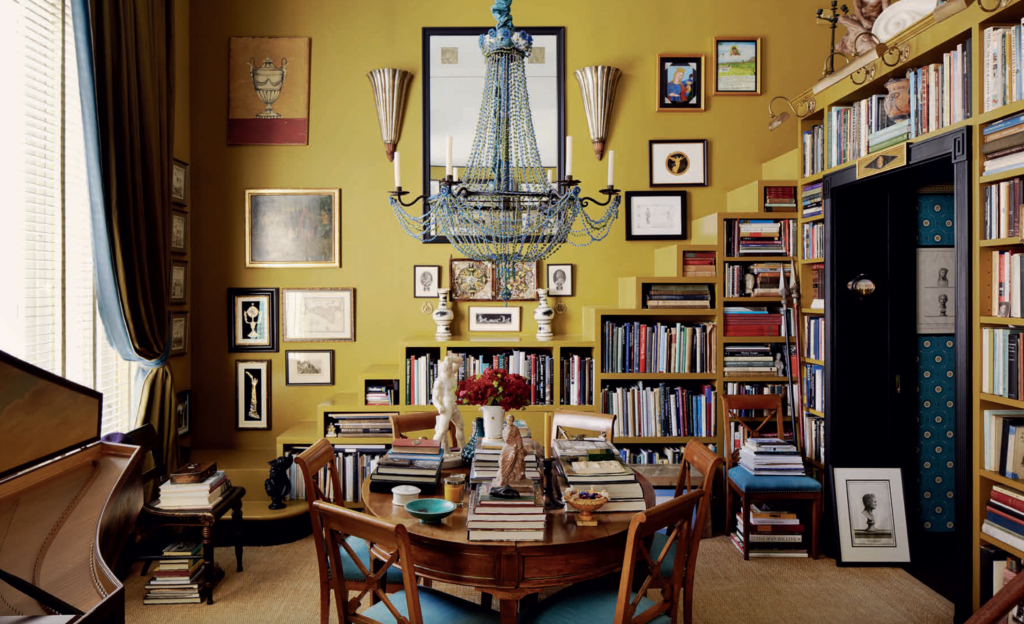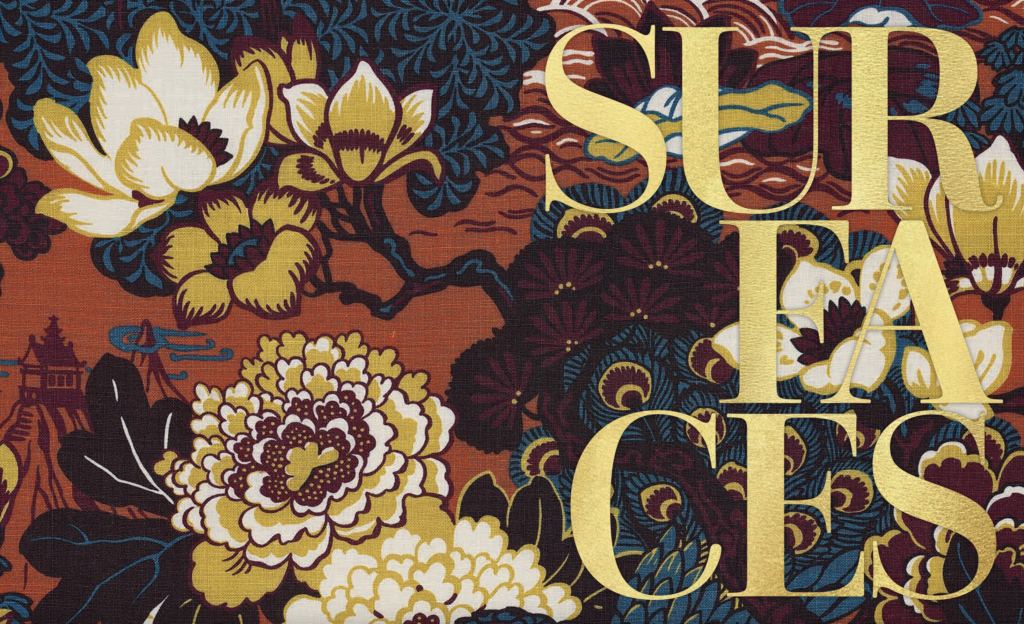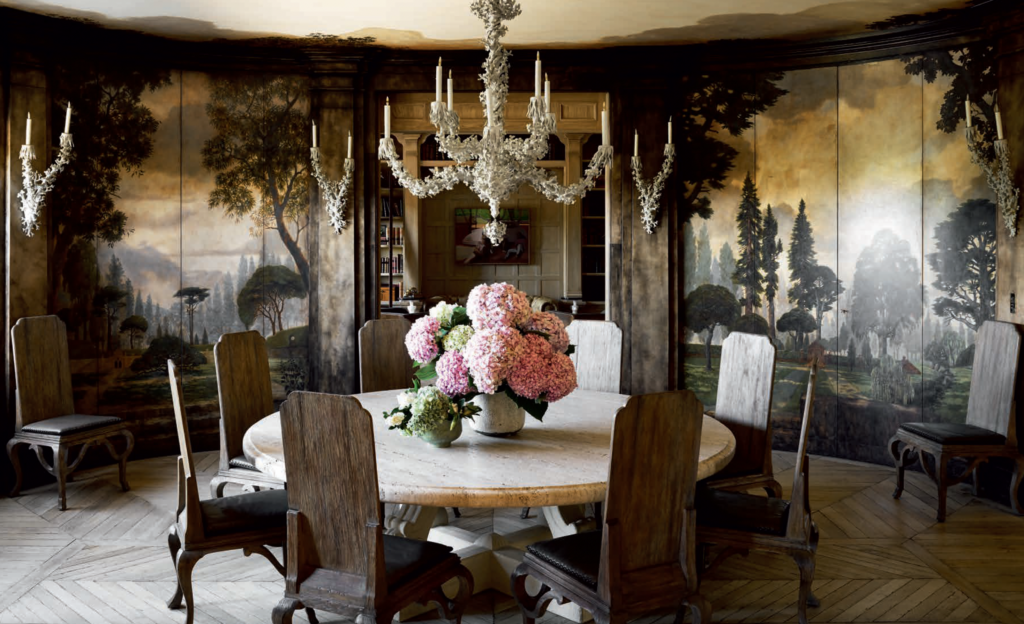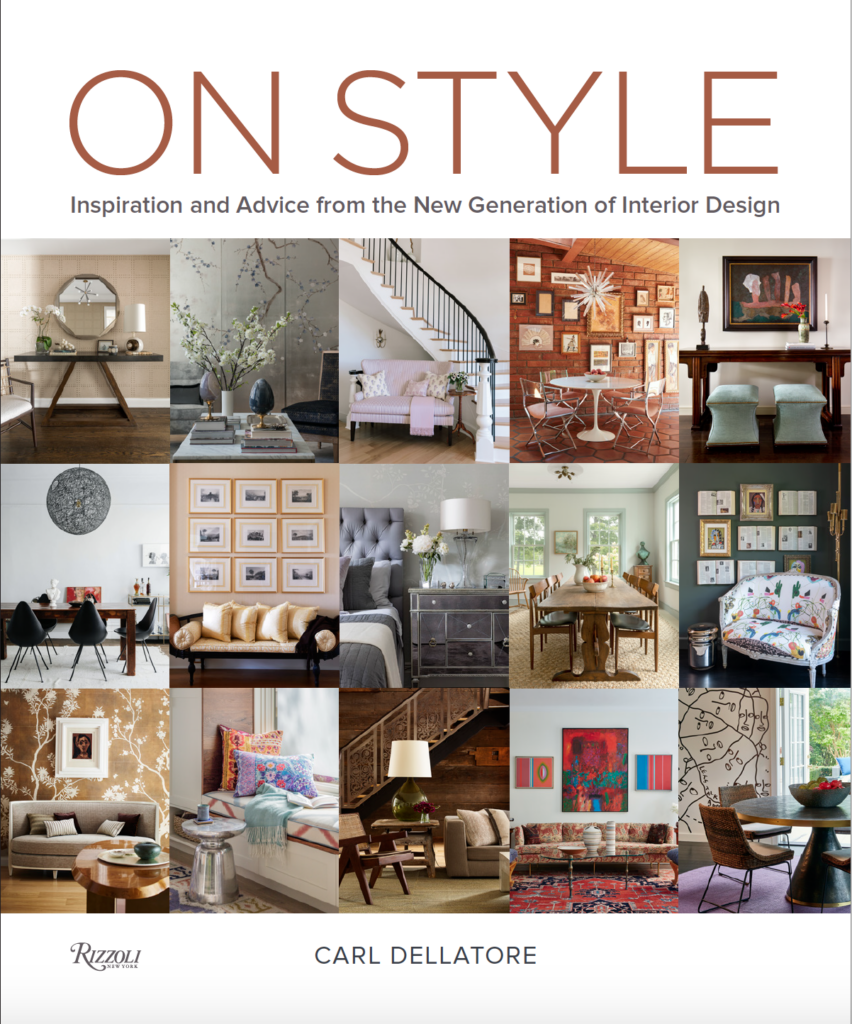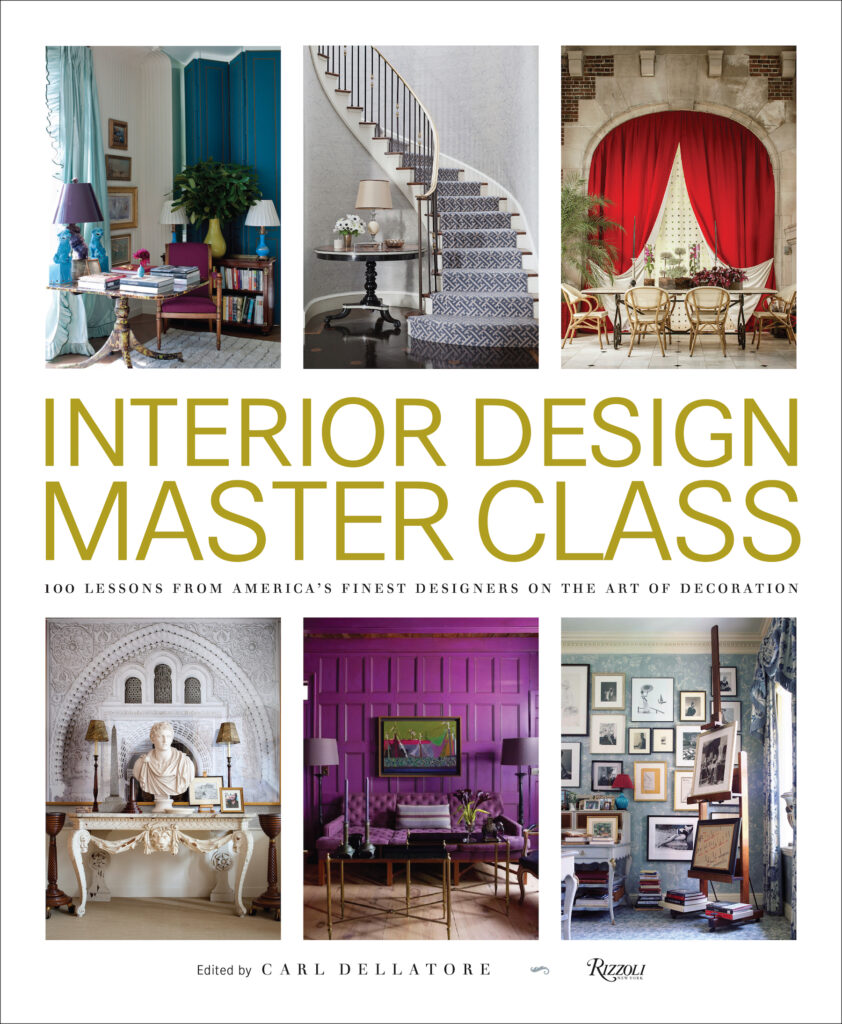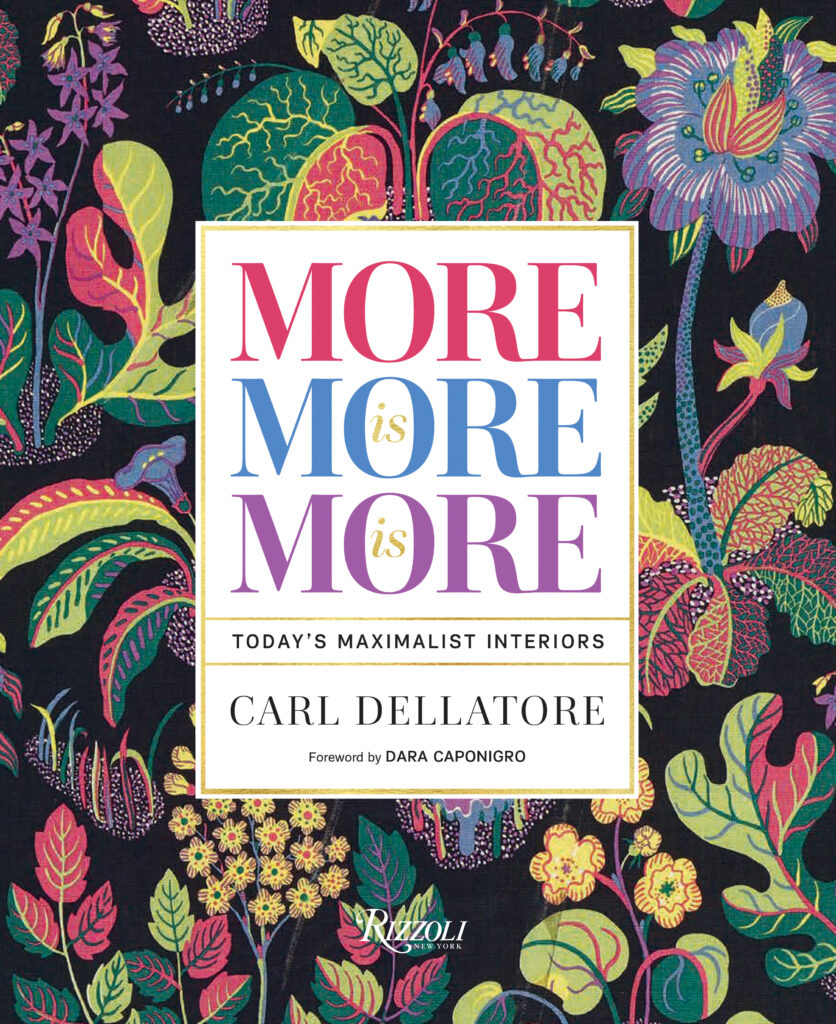
Introduction
© Carl Dellatore, September 27th, 2022. Rizzoli New York
What defines maximalism? In the design world, opinions vary greatly. There is one faction that says a level of excess is pivotal. Some suggest that unexpected, often shocking color (or color combinations) should take center stage. Still others believe a mix of patterns to be de rigueur. The list goes on.
As most views about design are ultimately subjective, they are all correct. But no matter its form, maximalism has been with us as long as the decorative arts.
At the turn of the twentieth century, the Breakers, Richard Morris Hunt’s dichotomous seventy-room “cottage” designed for the Vanderbilt family and decorated by the team of Jules Allard and Sons and Ogden Codman Jr., defined Gilded Age maximalism through the use of architectural elements. No expense was spared toward cementing an aura of supreme wealth and status: lavish marbles from Italy, exotic woods and chromatic tiles from far-flung locales, and a stupendous mantel from a French château shipped at great expense for the Breakers library.
Fast-forward to the 1960s and ’70s, when Manhattan society lauded Robert Denning and Vincent Fourcade’s supremely layered rooms focused on opulent furnishings, with every surface adorned: high-gloss lacquered walls, silk damask settees, neo-baroque curtains, delicately pleated custom lampshades, and dyed-to-match passementerie. Their work was described by Architectural Digest’s Mitchell Owens as “magnificent excess” for clients as varied as Henry Kissinger and Oscar de la Renta.
And then there is the present-day decorator Kelly Wearstler’s twenty-first-century maximalism—an interpretation of old Hollywood glamour, conjured not through excess but with grand-scaled patterns, inventive silhouettes, audacious color, and her reverence for all things naturalistic, seeing Mother Nature as the ultimate source of inspiration.
There is one quality all these incarnations of maximalist design have in common: There must be an element of surprise. Maximalist interiors always create a certain frisson, a sense of amazement, a gleeful jolt for the visitor. When you enter a maximalist room, the question remains, How did the designer ever think of that? To achieve surprise, creativity is a necessity.
Creativity in the decorative arts is expressed in the ability to think outside the oft-clichéd box—to be imaginative, to celebrate curiosity, and to come up with original ideas. It’s the creation of spaces that eclipse the predictable. The ways you’ll find designers expressing their creativity in this book fall into five categories, or chapters: color, elements, pattern, layering, and surfaces.
You’ll find an otherwise austere Manhattan entryway lacquered floor to ceiling in several shades of apple green. There’s a dizzying array of patterns in a Victorian bedroom unified by botanical motifs. You’ll find a carpet woven in an oversize, pixelated garden scene gracing a dining room floor. There’s a visually kinetic black-and-white folding screen in a Palm Springs bedroom. And there are rooms with often discordant objects, layered to perfection through a designer’s vision.
While I’m on the subject of designer vision, it’s important to note that while maximalist interiors often appear busy at first glance, there’s always a wealth of knowledge and experience that serve as the underpinnings in visually demonstrative spaces. Designers know there is a difference between curated and cluttered rooms.
For example, interior designers understand the subtle ways to link the objects in a room to form a narrative, telling a story as the eye lands on each element and then moves to the next. An understanding of color theory is key, as when pairing complementary hues—burnished terra-cotta balanced by just the right shade of teal. And of course, there’s the interplay of silhouettes, with a feminine, curvaceous chair juxtaposed against the ridged angles of a Jean-Michel Frank sofa.
Maximalism as a design movement is very much in vogue. Perhaps it’s our twenty-first-century wish to feel bright and celebratory; perhaps it’s the antidote to decades of midcentury-inflected minimalism; or perhaps it’s the influence of social media platforms, specifically Instagram.
As a lifelong student of design, I’m always curious to learn the “why” behind the choices made in crafting maximalist interiors. That brings me to the final component of this book: insight from the designers. I’ve interviewed the designers for each image in this book, writing the captions in close consultation with them to share their process for achieving the marvelously alchemical success of each space. Through their words, you will see each room and gain insight into their aesthetic vision. From these words and images, you will be able to channel their knowledge as thrilling inspiration for the decoration of your own home. As imitation is the sincerest form of flattery, please borrow some ideas from this book. I know I intend to!
